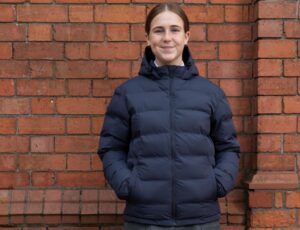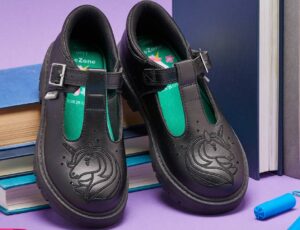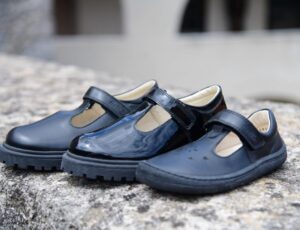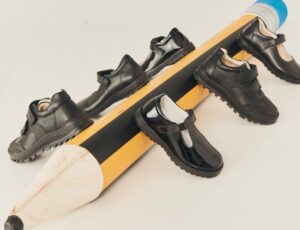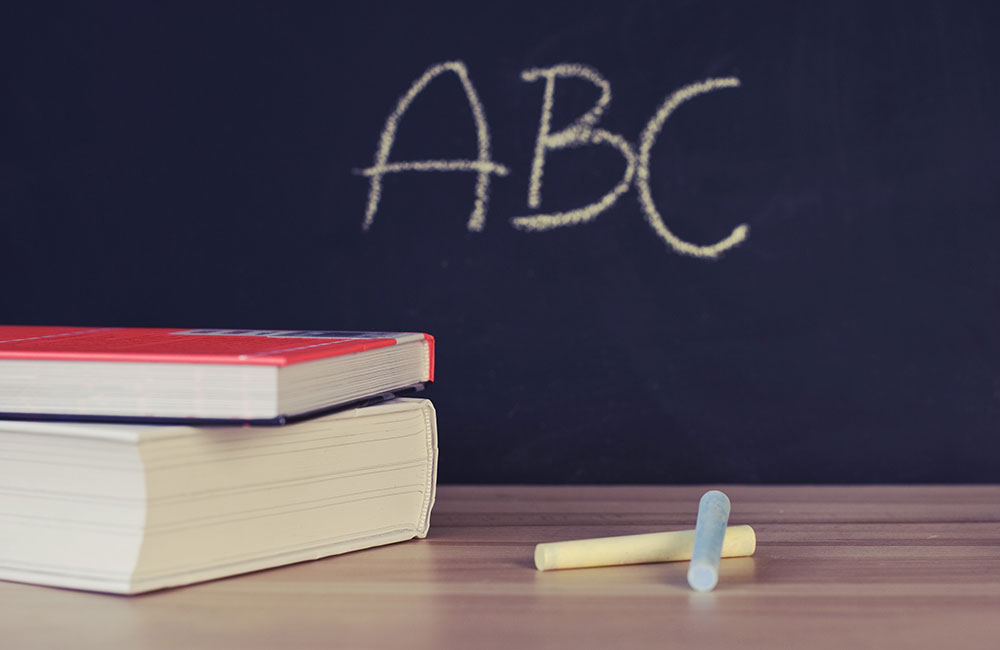
Findings from marketing intelligence agency Mintel estimate that the Back to School market was worth £1.16 billion in 2018. This is an increase of 36% on the previous year when it was worth £855 million.
Parents said they spent an average of £134 on school uniforms and shoes in 2018, a 6% increase on the average £127 spent in 2017. Collectively, Brits spent a total of £510 million on school uniforms in 2018, up from £395 million in 2017.
Several factors are contributing to the rise in spending on these items. For instance, eight out of 10 (79%) parents say they prefer to spend more on Back to School items that will last.
The biggest increase in spending on Back to School items was on computing equipment. Brits spent a total of £130 million on these products in 2018, compared to £80 million the previous year.
In 2017, 8% bought computing equipment, rising to 11% in 2018. Whilst this appears to be a small increase, the typically higher value of such goods provided a real boost to the market.
Spending on stationery saw the second-highest increase over the same period. Brits spent a total of £100 million on items such as notebooks, pens and pencil cases in 2018, compared to £65 million in the previous year.
Nearly half (49%) of parents say there is more pressure now than previously to buy fashionable school items. However, to save money and do their bit for the environment, a third (33%) of parents say they have bought or would buy second-hand school uniform.
Commenting is Mintel senior retail analyst, Samantha Dover. “The value of Back to School spending has shot up in the last year. This is due to more parents buying non-clothing items as well as an increase in the average amount being spent on school uniforms and shoes.
“Pressure continues to mount on parents to keep up with the latest trends. There has always been an appetite for branded products when buying things like trainers, bags and coats, which often aren’t part of the traditional uniform.
“However, this pressure is moving into new categories like computing equipment and stationery as parents are keen to ensure their children are keeping up with their peers.
“Price does remain a driving factor behind a lot of purchases. Competition in the school uniform market has particularly intensified in recent years.
“However, strict school policies as well as an increased interest in sustainability, with most parents willing to spend more on clothes that will last longer, means that average spend on school uniforms continues to rise.”
Parents want convenience and value.
Parents find it helpful to have most of the school items they need to buy under one roof. In fact, 77% say it is more convenient to shop at a retailer that sells a wide range of these items. Notably, while most customers (87%) bought items in-store, a sizable proportion (42%) also shopped online.
Additionally, shoppers acknowledge that value for money has improved, with nearly two-thirds (65%) saying there are now better options for some of the lower-cost school products than there were previously.
Despite the improvements, over half (53%) of parents still find the Back to School shopping period stressful.
Dover continues: “One way for retailers to stand out in a crowded marketplace is to make the Back to School experience less stressful for parents.
“British retailers could take inspiration from their European counterparts and, more specifically, Spanish children’s concept store Little Stories, which is a great example of how to improve the retail environment for both parents and their children.
“It uses primary colours and cartoon motifs to create a child-friendly interior and in-store paths for children to follow. Plus, a half-height counter helping children feel part of the buying experience.”






